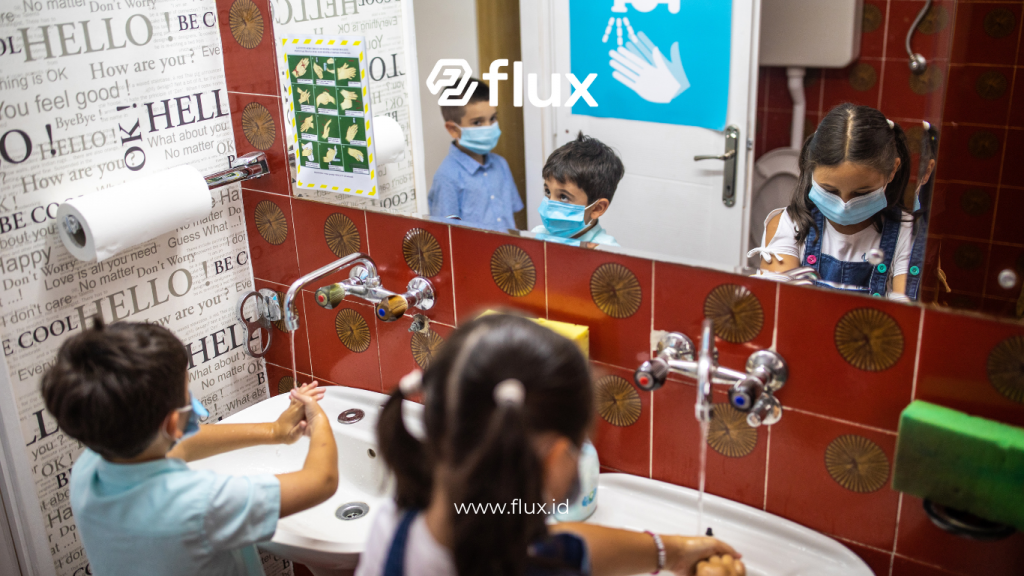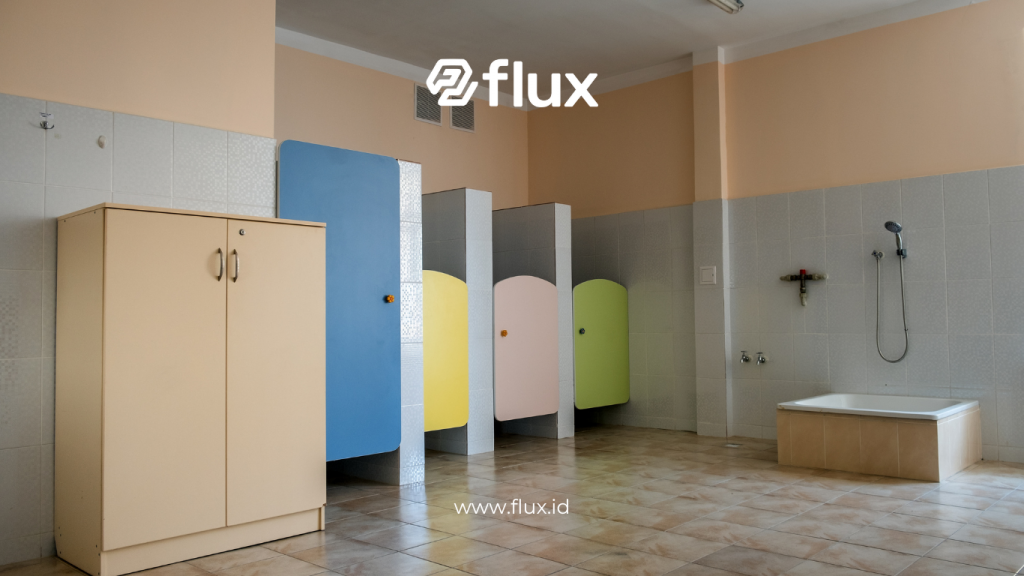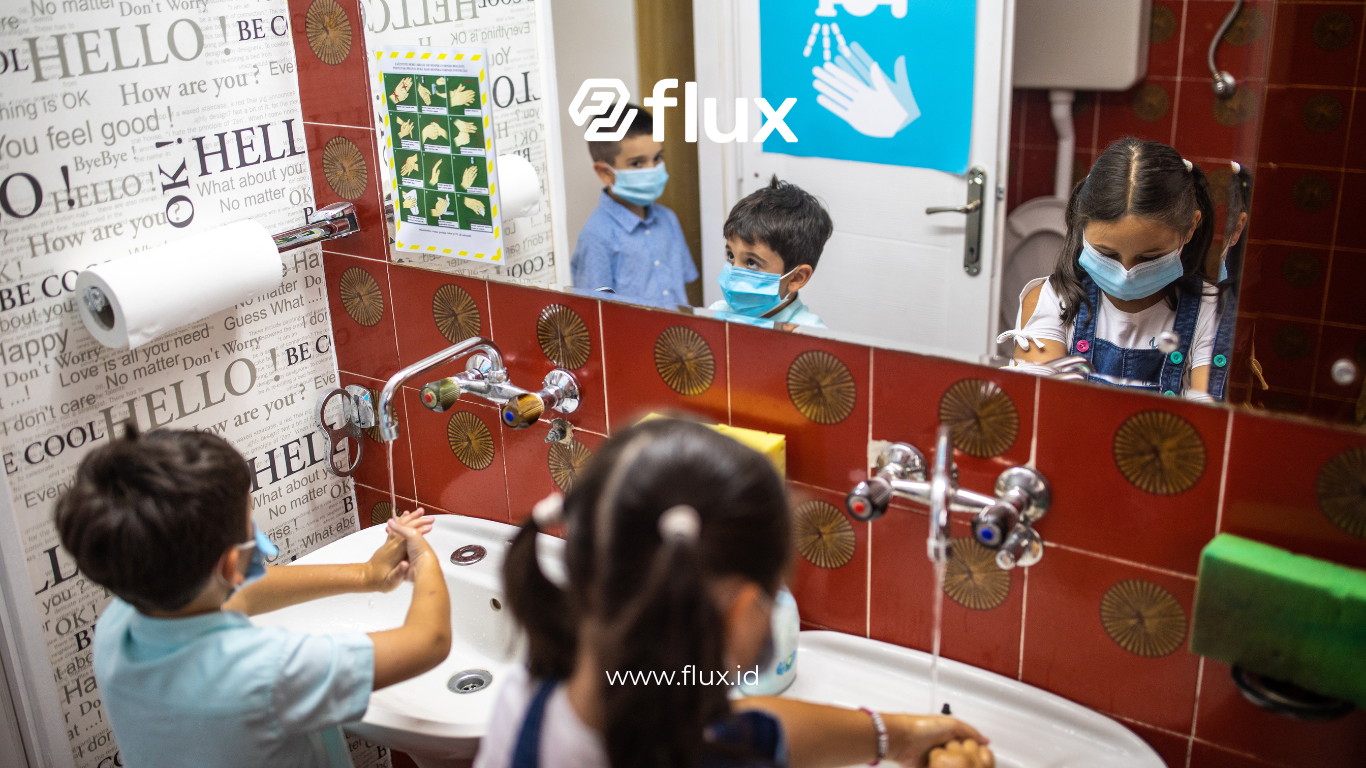Don't miss our holiday offer - 20% OFF!
Water quality in educational environments plays a crucial role in the health and safety of students. Contaminated water can affect health, learning performance, and comfort for both students and staff. One effective solution to ensure safe water is using water quality sensors. This article explores the importance of water quality sensors, how they work, the types of sensors available, and how this technology can be implemented in schools and educational facilities.
Contents
- 1 Why is Water Quality Important for Educational Facilities?
- 2 Benefits of Using Water Quality Sensors in Schools
- 3 How Water Quality Sensors Work
- 4 Types of Water Quality Sensors Suitable for Educational Facilities
- 5 Implementing Water Quality Sensors in Schools
- 6 Case Study: Implementing Water Quality Sensors in Schools
- 7 Challenges in Using Water Quality Sensors in Educational Facilities
- 8 Tips for Maximizing the Use of Water Quality Sensors
- 9 Conclusion
Why is Water Quality Important for Educational Facilities?

Read More: How Water Quality Sensors Work: Enhancing Irrigation Management and Plant Health in Agriculture
Poor water quality can cause various health issues, from gastrointestinal diseases to skin infections. In schools, water is not only used for drinking but also for various activities such as cooking, cleaning, and gardening. Substandard water quality can damage facilities like pipes, water tanks, and hygiene devices.
Benefits of Using Water Quality Sensors in Schools
- Real-time Monitoring: Water quality sensors provide instant data on parameters like pH, conductivity, dissolved oxygen, and contaminants.
- Disease Prevention: Monitoring water quality helps schools prevent the spread of waterborne diseases.
- Cost Savings: Identifying issues early can prevent more extensive repair costs in the long run.
- Enhanced Parental Trust: Ensuring safe water in schools boosts parents’ trust in educational institutions.
How Water Quality Sensors Work

Water quality sensors work by detecting various chemical and physical parameters of the water. Commonly monitored parameters include:
- pH: Indicates the acidity or alkalinity of the water.
- Conductivity: Measures the water’s ability to conduct electricity, which is related to the mineral content.
- Dissolved Oxygen: A critical indicator of water quality, especially in swimming pools or other water facilities.
- Turbidity: Measures the clarity of the water, crucial for ensuring no harmful particles are present.
Types of Water Quality Sensors Suitable for Educational Facilities
- pH Sensors: Useful for measuring the acidity levels of water, especially in facilities using water for drinking and food washing.
- Conductivity Sensors: Helps monitor mineral levels and detect pollutants.
- Turbidity Sensors: Monitors water clarity, ensuring the water is free of unwanted particles.
- Dissolved Oxygen Sensors: Primarily used in facilities with pools or other water sources.
Implementing Water Quality Sensors in Schools

Read More: Water Current Sensors: Key Tech for Revealing Flood Flow Secrets
- Identify Needs: Determine which areas need monitoring the most, such as drinking water points, cafeterias, and swimming pools.
- Choose the Appropriate Sensor Type: Different areas may require different types of sensors based on their usage.
- Installation and Integration: Install the sensors and integrate them with a monitoring system accessible to school administrators.
- Monitoring and Maintenance: Sensors need regular calibration and maintenance to ensure data accuracy.
Case Study: Implementing Water Quality Sensors in Schools
Several schools have successfully implemented water quality sensors as part of their health initiatives. For instance, a school in Jakarta installed pH and turbidity sensors to monitor drinking water and swimming pools. As a result, the school detected issues early and made quick repairs, preventing more significant health risks.
Challenges in Using Water Quality Sensors in Educational Facilities

Read More: 5 IoT Sensors Advancing Education: Enhancing Efficiency and Learning Environment Quality
- Initial Costs: Installing sensors and monitoring systems can be expensive, but these costs can be seen as a long-term investment.
- Maintenance: Sensors require routine maintenance to maintain their accuracy.
- Limited Knowledge: School administrators need training to understand how the sensors work and interpret the data.
Tips for Maximizing the Use of Water Quality Sensors
- Routine Calibration: Ensure sensors are calibrated regularly to maintain accuracy.
- Staff Training: Provide staff training on how to read and act on data generated by the sensors.
- Data Storage: Use a system that allows data storage for long-term analysis, helping identify trends and potential issues.
Conclusion
Using water quality sensors in schools and educational facilities not only improves student health but also provides a safety guarantee for the entire school community. By understanding how these sensors work, their benefits, and challenges, educational institutions can take proactive steps to ensure safe and high-quality water for students. Maintaining good water quality is an essential investment that supports a healthy and safe learning environment.





